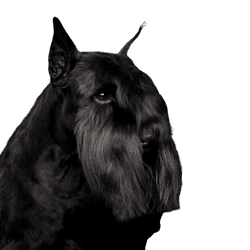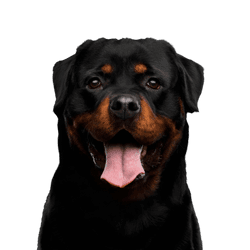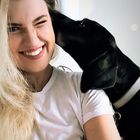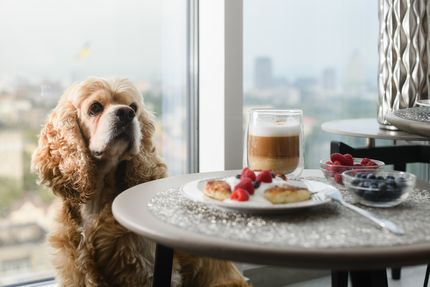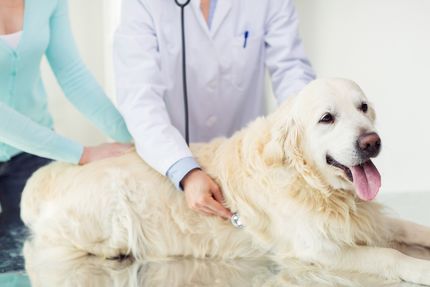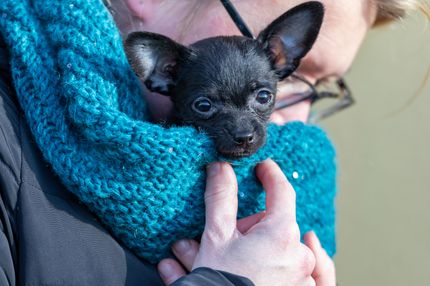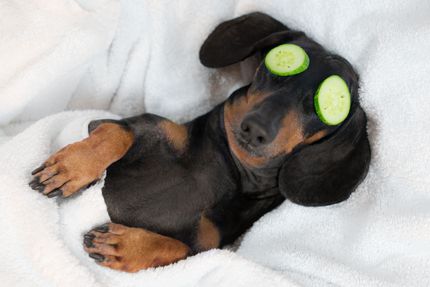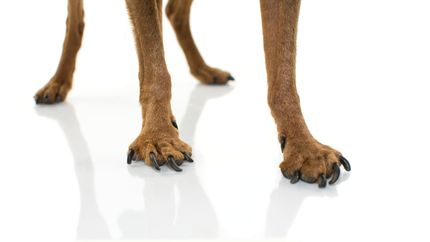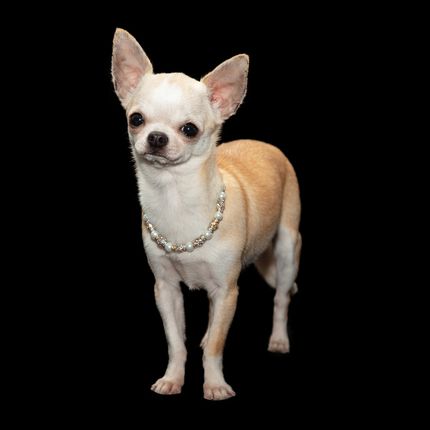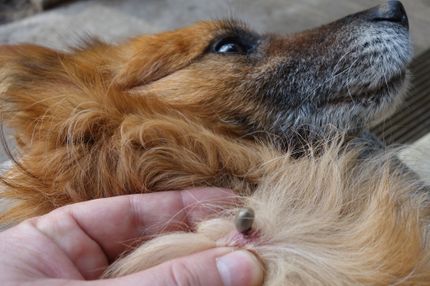Facts & Origin
The Schnottie - a hybrid breed.
Giant Schnauzer-Rottweiler hybrids are a medium-length, strong and energetic breed that combines the best characteristics of the two breeds. They have the appearance of the Giant Schnauzer with the strong conformation of the Rottweiler. This amazing blend of intelligence, strength and guard dog qualities makes them ideal companion and family dogs. They are adaptable and friendly with people and other animals, but they should be exercised and kept busy on a regular basis. Despite this rugged appearance, they have a soft heart and gentle disposition. If kept and trained properly, they can be loyal, loving pets for many years.
| Alternate Name | - |
| Origin | Germany |
| Life expectancy | 8 - 15 years |
| Care requirements | high-maintenance - low-maintenance |
| Activity level | high - average |
| FCI group | not recognised |
| AKC group | not recognised |
| KC group | not recognised |
More Giant Schnauzer mixes
More Rottweiler mixes
Attitude, character and temperament of the breed
Possible character traits of the Schnottie
The Schnottie is a recognized hybrid breed that is mostly known as a large dog. Size varies depending on shoulder height and weight, but can range from 40 to 70 inches. When raised with proper care and grooming, they can be considered loyal and gentle companions.
These mixed breeds can be quite intelligent and therefore need good training and clear instructions. They respond well to command and activity and this also prevents restlessness or boredom. Likewise, they are good with families and children, especially if they have been trained from the beginning. They quickly learn to be calm and compatible in family situations.
Since the Mix is famous for protective instincts, it is important that he internalizes training from an early puppy age to ensure that he meets the requirements properly. Therefore, it is important that he is shown to be nice to any strange visitor and that he learns to listen to instructions from the owner.
The Schnottie is an excellent watchdog and will most likely notice and respond to any unusual noise.
To have a happy Giant Schnauzer-Rottweiler mix and to make sure he stays healthy and happy, it is important to keep him busy and exercised on a regular basis. He needs plenty of exercise and stimulation to be truly happy and well behaved. Although he is relatively heavy handed, he can still be trained for moderate exercise or walks, which can help him tremendously to burn off his energy.
Overall, the Schnottie makes a good family dog if raised properly. If trained and kept busy on a regular basis, he will make an excellent companion and friend.
Character
Schnottie breed diseases
These mixed breeds are a popular hybrid breed created by crossing a Giant Schnauzer and a Rottweiler together. These mixed breeds are lively, loving and very playful dogs. However, they can also be subject to certain diseases.
The most well-known diseases are elbow dysplasia, hip dysplasia and allergies. Elbow dysplasia is a condition in which the dog's elbows do not function normally. This condition is common in medium or large dog breeds. Hip dysplasia is a severe condition in which hip joints are deformed. The dog may be in pain and have a severe limp. Allergies can be triggered by pollen, dust, and other allergens, causing itching, swelling, and difficulty breathing.
Breed characteristics of the Schnottie
A Schnottie usually has a strong and muscular appearance. They are stocky with broad heads, long muzzles and medium sized ears that are usually erect. The tail is straight or triangular in shape. The size of this breed varies from 53 cm to 67 cm in shoulder height and weight from 25 kg to 45 kg. This breed has a thick, short and smooth black color with different gradations.
What does this mixed breed look like?
A Giant Schnauzer and Rottweiler mix has a close-fitting, long-haired coat. It is mostly black or black-brown and covered with small bushy rough hairs. The undercoat is dense and soft. The back of the dog is a characteristic feature of this breed, as it is truncated into a short, smooth mane that becomes slightly longer on the back line. The colors vary depending on genetics and can range from dark gray to light brown.
Known Diseases
Cancer
May be common in older dogs.
Hip dysplasia (HD)
Hip dysplasia (HD) is a genetic condition in dogs where the hip joint is not shaped properly. This leads to pain, stiffness and restricted movement.
Elbow dysplasia (ED)
Elbow joint dysplasia is a chronic disease complex of the elbow joint of fast growing dog breeds.
Heart disease
Can occur frequently in dogs and can sometimes be treated with medication.
Joint damage
In some breeds, joint damage can occur later in life, affecting the musculoskeletal system.
FAQ
-
The mix has an average shoulder height of 50-60 cm and a weight of 30-60 kg.
-
The mix is lively and very attentive, he supports and protects his owners. He is intelligent and can be trained well.
-
The coat must be brushed regularly to prevent shedding. The coat can also be trimmed every few months to maintain the natural look.
-
Yes, the Schnottie is a very good family dog, who loves and protects his family. They are very playful and loyal.
-
All breeds have their typical hereditary diseases. The Schnottie in particular has an increased risk of pancreatitis, dental problems, allergies and skin problems.
